DNA Structure
Fig. 23 illustrates the basic chemical compounds involved in the formation of DNA. These includes:
- Phosphoric Acid
- A Sugar called De-oxy-ribose.
- Four nitrogenes bases (two purines—adenine and guanine and two pyrimidines—thymine and cytosine). The phosphoric acid and deoxyribose from the two helical strands that are the backbone of the DNA molecule and the bases tie between two strands and connect them.
Fig. 23: The basic building blocks of deoxyribonucleic acid (DNA)
Fig. 24:
Arrangement of deoxyribose nucleotides in DNA.Figure 24 illustrate the manner in which multiple number of nucleotides are bound together to form DNA. Note that these are combined in such a way that phosphoric acid and de-oxy-ribose alternate with each other in the two separate strands, and these strands are held together by loose bonds between the purine and pyrimidine bases. But note carefully that:
- The purine base—adenine always bonds with the pyrimidine base—thymine and,
- The purine base—guanine always bonds with the pyrimidine base—cytosine.
Thus in figure 24 the sequence of complementary pairs of bases is CG, CG, GC, TA, CG, TA, GC, AT and AT. However the bases are bound together by very loose hydrogen bonding, represented in figure by dashed lines. Because of the looseness of these bonds, the two strand can be pulled apart easily, and they do it so many times in the course of their function in the cell.
Now to put the DNA of figure 24 into its proper physical perspective, one needs merely to pick up the two ends and twist them into a helix. Ten pairs of nucleotides are present in each full turn of the helix in the DNA molecule, as is illustrated in figure 26.[61]
Fig. 25: DNA Structure
Hershey and Chase Avery and others who worked with micro-organisms have proved that DNA is the genetic material. The structure of DNA was formulated by Prominent Scientists Watson and Crick in 1953. We know that DNA carries the specifications of growth and differentiation. As stated earlier we transfer biological inheritance by way of genes. These genes are chemical entities decided by a chemical called Nucleic Acid.Thus the biological information is written in the form of chemical code. Watson and Crick (1953) determined the chemical molecule that is responsible for biological inheritance.
DNA has four bases with pairs of Adenine and Thymine (A-T pair) and cytosine and Guanine (C-G pair) which are bound by hydroegn bonds with a backbone of sugar and phosphate structure. The chemical polymer is like a spiral or ascending staircase. DNA represents life. It is present in the all the cells of body, except red blood cells which don't have a nucleus and hence cannot divide. We know that DNA is the basis of life of all organisms in nature—plants, animals and men.
S. No.
Bases
Deoxyribonucleic Acid
Ribonucleic Acid
01.
(i) Pyrimidine bases
(ii) Purine bases(i) Cytosine (ii) Thymine
(i) Adenine (ii) Guanine(i) Cytosine (ii) Uracil
(ii) Adenine (ii) Guanine02.
5c Sugars (pentoses)
Deoxyribose Sugar
Ribose Sugar
DNA is present in the cells of all plants, animals and prokaryotes and in a number of viruses. DNA molecule appears to be the most stable one present in the chromosome. It has also been reported in some cytoplasmic organelles like chloroplast, mitochondria and centrioles. The amount of DNA per set of chromosome is constant for a particular species. The DNA content of a diploid somatic cell (2n) is exactly double that of haploid cells(n). There is a close relationship between DNA content and chromosome size. It has been found that about 31 cms of double helix DNA equal a pikogram (1pg = 10-12 gm). In a man a deploid cell contains about 5.6 pg of DNA which may correspond to about 174 cms of DNA.[62]
A deploid human cell contains 7.1 x 109 nucleotide pairs. About 6-7 million genes are accommodated on this DNA. 42% of DNA in the human genome consists of repetitive sequences or redundant DNA—that is non coding DNA. Also inter-spersed with coding DNA is non-coding DNA.[63]Large number of genes attached end to end are contained in extremely long double stranded, helical molecules of DNA having molecule weights measured in the billion. A very short segment of such a molecule is illustrated in above fig. 26. This molecule is composed of several simple chemical compound arranged in a regular pattern explained as follow:
The structure of DNA is illustrated by a right handed double helix, with about 10 nucleotide pairs per helical turn. Each spiral strand, composed of a sugar phosphate backbone and attached bases, is connected to a complementary strand by hydrogen bonding (non-covalent) between paired bases.
Fig. 26: The helical, double-stranded structure of the gene. The outside strands are composed of phosphoric acid and the sugar deoxyribose. The internal molecules connecting the two strands of the helix are punne and pyrimidine bases; these determine the "code" of the gene. (a) DNA replicating itself
A simplified representation of a DNA molecule separating to form two new molecules. To reproduce, a cell must copy and transmit its genetic information (DNA) to all of its progenies. To do so, DNA replicates, following the process of semi conservative replication. Each strand of the original molecule acts as a template for the synthesis of a new complementary DNA molecule.
The two strand of the double helix and first separated by enzymes. With the assistance of other enzymes, spare parts available inside the cell are bound to the individual strands following the rules of complementary base paring:
Adenine (A) to Thymine (T) and Guanine (G) to Cytosine (C).
Two strands of DNA are obtained from one, having produced two daughter molecules which are identical to one another and to the parent molecules.[64]
As is true of all most all other important events in the cell, reproduction begins in the nucleus itself. The first step is replication (duplication) of all DNA in the chromosomes. Only after this has occurred can metosis take place.
The DNA begins to be duplicated some 5 to 10 hrs. before metosis and this is completed in 4 to 8 hours. The DNA is duplicated only once so that the net result is two exact replicates of all DNA. These replicates, in turn, become the DNA in the two new daughter cells. There is another period of 1 to 2 hours before metosis begins abruptly. However, even during this period, preliminary changes are already by two hours before metosis begin abruptly. However, even during this period, preliminary changes are already beginning to take place that will lead to motitic process.[65]
 Prof. Dr. Sohan Raj Tater
Prof. Dr. Sohan Raj Tater
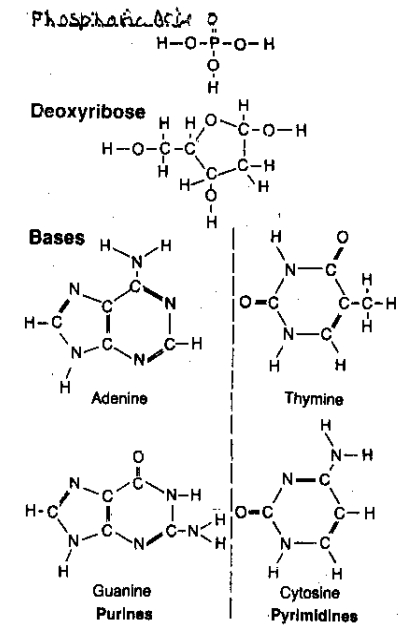
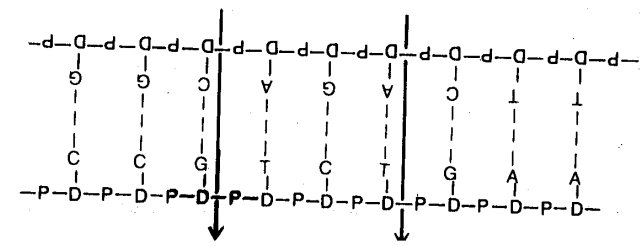
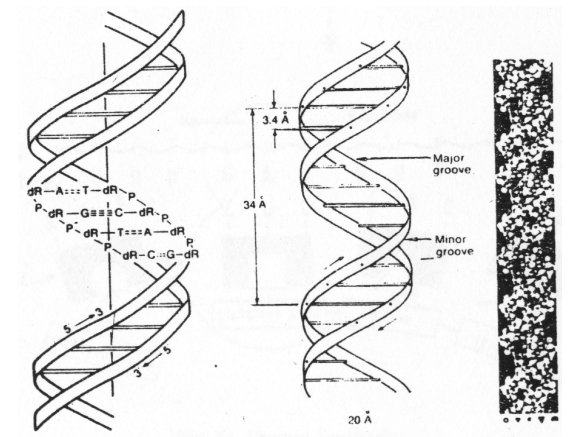
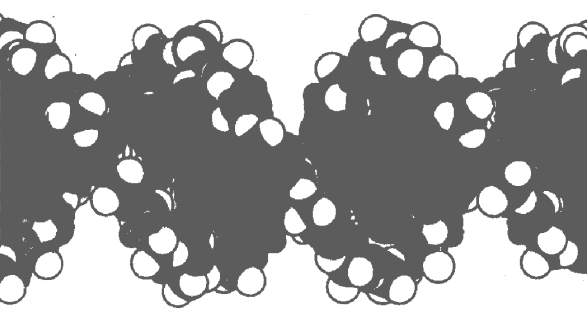
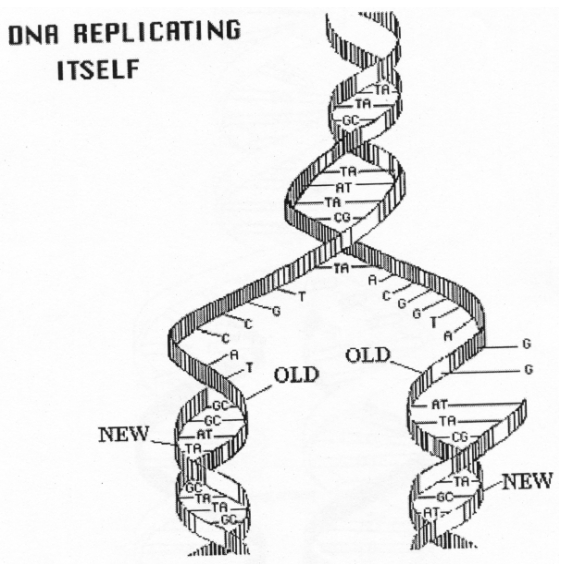
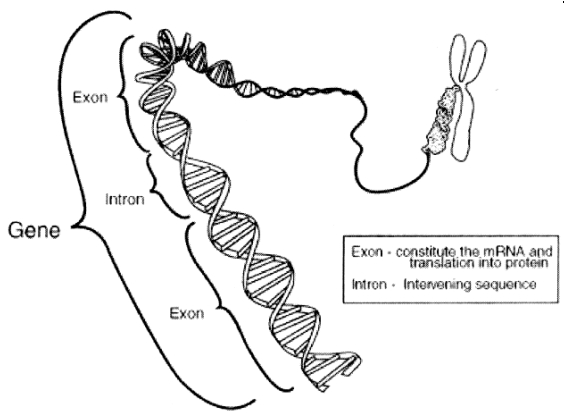
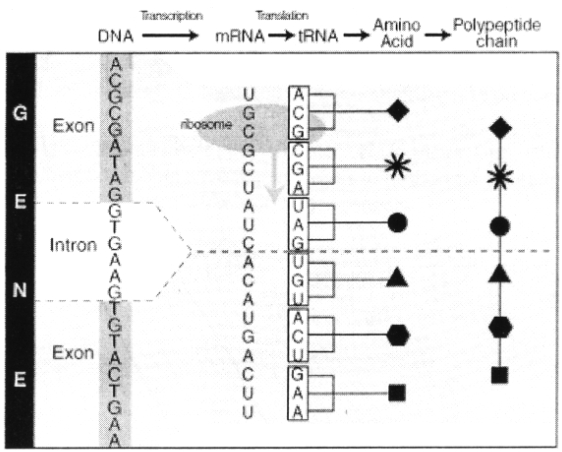
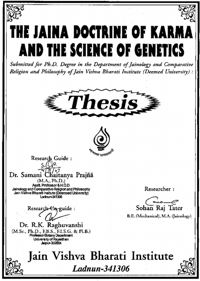 Doctoral Thesis, JVBU
Doctoral Thesis, JVBU